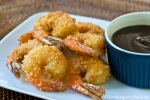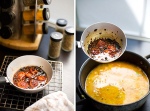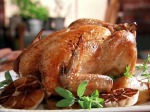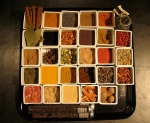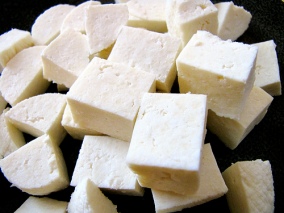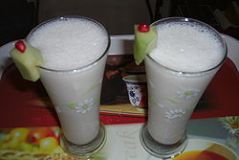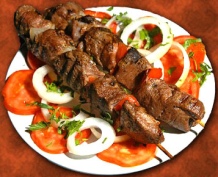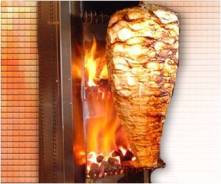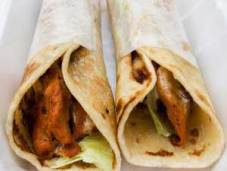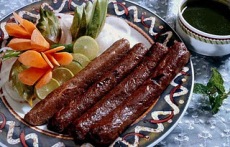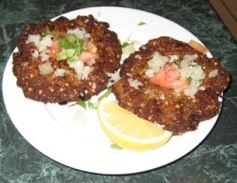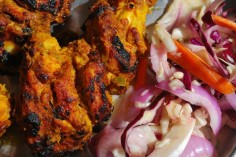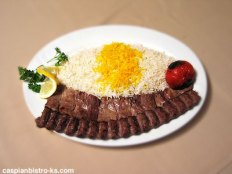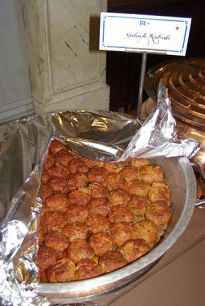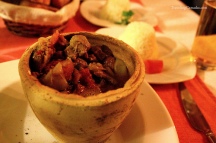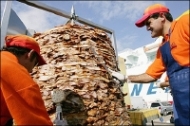Lamb, generally speaking, is an immensely wine-friendly meat, and when it’s lightly flavoured with herbs, garlic and olive oil, it’s even more suited to red wine. In general, bigger was better, though in the very best pairings the wines were well structured and showed some refinement. However in India everything comes with a twist .So instead of just plain old cooked lamb what we have here is something better, something tastier and something royal .Here we call it Kababs 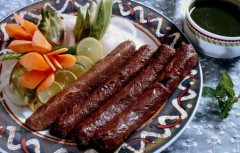 .
.
So the next time you plan to eat out just walk into Kakori Kababs & Curries. We offer you a range of mouth watering delicacies that will leave you wanting for more.
Order a bottle of Red Wine and as you enjoy the ambience while taking the occasional sip pick what you want to tantalize your taste buds with.
Be sure to try out the in house specialty, the kabab which gives the place its name, the Kakori Kabab. Originating from Kakori, a place in Lucknow, these are delicious mouth watering tender rolls of minced lamb mixed with mild spices and cooked on a skewer in a clay oven.
If you want something that the former Nawabs were fond of then Sikandari Raan is just the dish for you. It is the leg of a baby lamb, marinated overnight and char-grilled in a clay oven.
If you are still in the mood for more and the wine just refuses to finish then go ahead and try out either the Ghost Sheek Kabab or the Barra Kabab. The Barra Kabab is a plateful of delicious lamb chops marinated in spices from the beautiful land of Kashmir.
A Nawabi meal, perfect in every aspect with service that would equal any royal household is just the perfect way to end the day.




